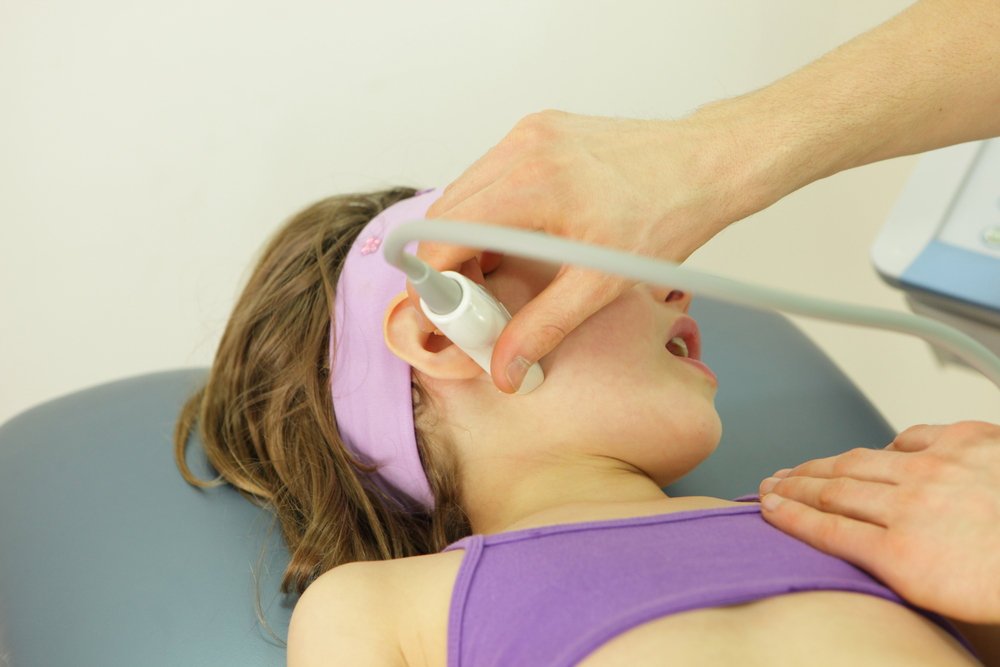TMJ is the temporomandibular joint that acts as a hinge to connect your jaw to your skull. The primary function of this joint is to allow up/down and side to side movements of the jaw so you can chew, talk, yawn, etc. An injury or damage to this joint can cause a localized pain and impaired mobility of the jaw. This is known as TMJ syndrome or TMD (temporomandibular disorder). However, some people incorrectly refer to the condition as TMJ, after the joint.
Staying healthy over 80 is entirely possible if you can manage to follow the right approach.
Causes of TMJ Syndrome
What causes the TMJ syndrome is not known, although many dentists believe that irregularities in the muscles of the jaw and the parts of the joint can cause the problem. There are, however, certain underlying conditions which may lead to TMD.
- Injury to the jaw or teeth
- Misalignment of the jaw
- Excessive pressure on teeth caused by grinding or gum chewing
- Poor posture. Studies have shown that a bad posture while sitting on your desk at work, driving or just on your couch when watching TV, can lead to TMJ syndrome in addition to back and neck pain. Read this to learn more about improving your posture.
- Arthritis in the TMJ joint
- Stress that may lead to tightening of jaw muscles
Signs and symptoms of TMJ Syndrome
Most symptoms of TMJ syndrome overlap with other conditions, which makes self-diagnosis fairly difficult. For a thorough diagnosis, a physician should be consulted. More common among people aged between 20 and 40, the syndrome often causes severe pain around the jaw area. It may affect one or both sides of the jaw. These are some of the common symptoms of TMD:
- Severe pain in around the jaw joint which may last from a few minutes to a few years
- Stiff jaw muscles
- Jaw join locked
- Popping sound made by the jaw when chewing
- Ringing in the ears
- Pain may spread up to the ears
- A headache for no apparent reason
- Pain in the temple area
- Swelling on the side of the face
- Dizziness
Diagnosis and treatment of the TMJ Syndrome
Depending on the condition, you might be referred to a dentist, oral surgeon, or orthodontic. A full face X-ray is common to diagnose TMJ Syndrome. It not only offers an excellent overall view but also lets the dentist make sure there are no other problems that might be causing the pain. If no other underlying issues are seen, MRI can be done to test whether the TMJ disc stays in the proper position when your jaw is moving.
Read more : health news
Most cases of TSD are curable with home remedies such as applying an ice pack to the jaw, taking over-the-counter pain relievers and gentle massage. Avoid activities such as chewing gum or eating hard foods that may put unnecessary stress on your jaw joint.
More severe cases of TMJ syndrome, however, might not respond to home treatment and might require tmj treatment. Depending on the condition, your dentist might recommend dental splints, physical therapy, and Botox injections, in addition to prescription drugs. In extreme cases, surgery to repair the damaged joint might be required.



